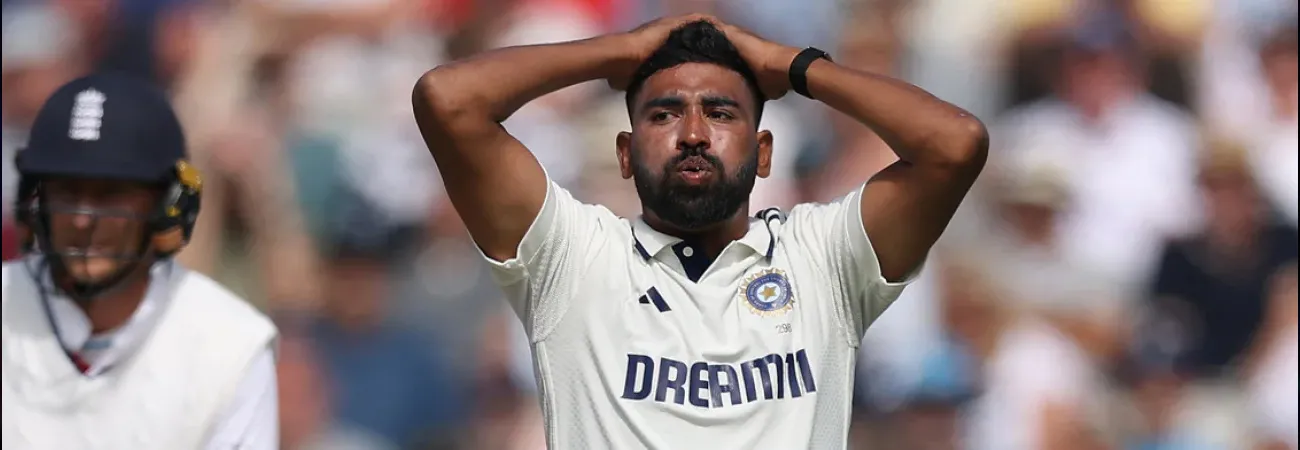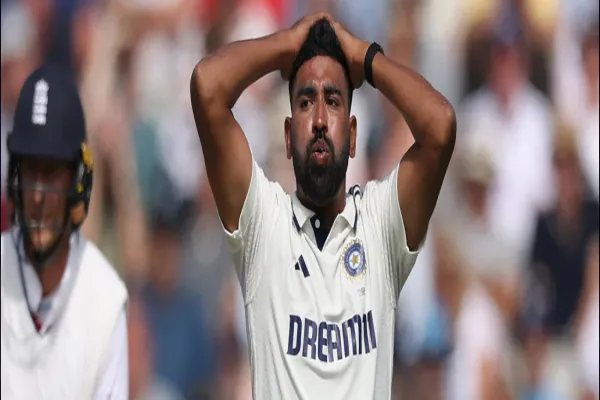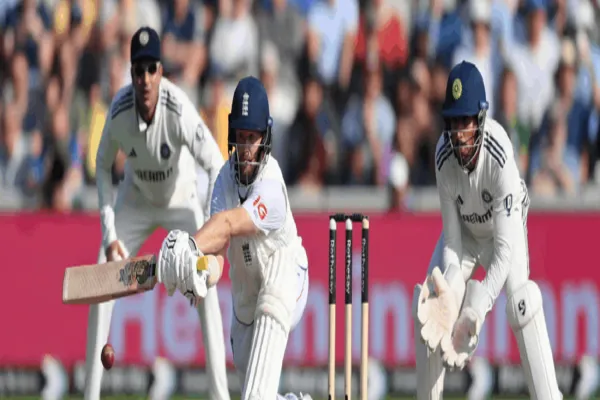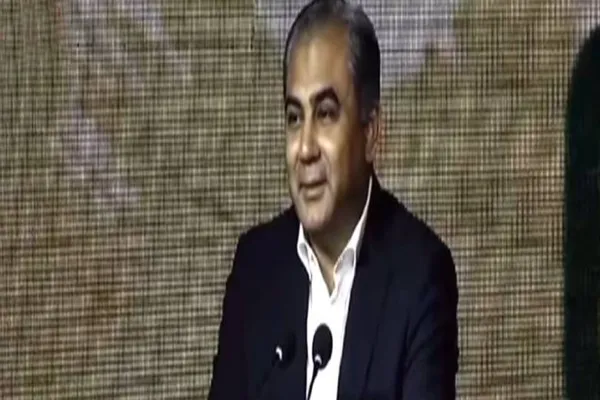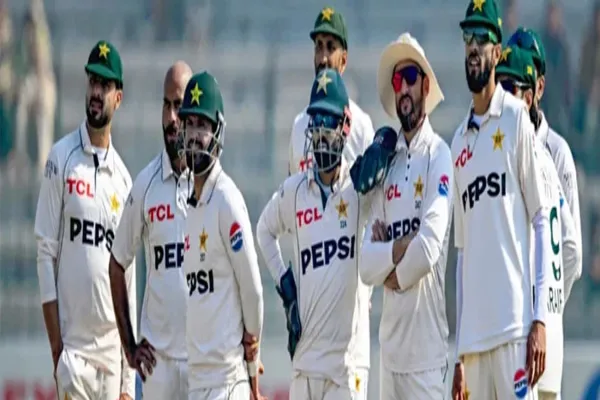i NEWS SPORTS
This is the first time India have conceded 500 outside Asia and the West Indies in more than a decade. Use "water in eyes" emoji if you are an India fan. They went a whole 10 years without conceding a single 500 in the countries that used to be India's stumbling ground. There is a reason for it: in the 10 years immediately before that, they went for 500 in these countries on 16 occasions, five of those on two horror tours of England and Australia barely months apart.
Even providing for the nature of pitches in the last 10 years and then this being their first tour of England on Bazball surfaces, this represents a big change in the way India played Test cricket. They had great spinners at home for the start of these 10 years, and then when they started touring outside Asia and the West Indies in 2018, they had a battery of fast bowlers who were quick, fit, experienced and stayed on the field.
Now India are in a transition and the leader of their attack is not able to play every Test. There have been threats of this for some time, but the third day at Old Trafford was the first time the wheels came off well and proper. Not since the 2014 tour of England, when Pankaj Singh registered figures of 0 for 179, have India had a fast bowler look as innocuous as Anshul Kamboj on debut.
Two years previously, R Vinay Kumar, another domestic workhorse, was taken for 1 for 73 in 13 overs at the WACA Ground. Since then, debutants have come looking equipped for Test cricket. Kamboj's case is perplexing. He is in his prime. He has passed through various filters. Administrators and coaches at his state, Haryana, always felt he was destined to play Test cricket. Not ODIs, not T20Is. Specifically Test cricket.
Then he has had glowing endorsements from people who should know something about cricket: MS Dhoni and R Ashwin at Chennai Super Kings. Then the India selectors, and eventually the team management. When Kamboj ran in for his first spell of the morning, India were desperately hoping that the impostor had been replaced by the real Kamboj who had earned the hype.
This was the time when Joe Root and Ollie Pope had smartly negotiated the testing first spells of Jasprit Bumrah and Mohammed Siraj. Anything even remotely a repeat of what Kamboj and Shardul Thakur did on the second evening would almost certainly play India out of the Test. This, at around noon at Old Trafford, was India's last chance to stay in contention in the Test. Root and Pope were champing at the bit.
India needed a big effort to back up Bumrah and Siraj. What followed was a drop from day two when Kamboj averaged 128.26 kmph. On day three, his average pace was down to 125.34 kmph. Needless to say, there was no follow-up on that spell, and Root did what elite batters do: accumulate without risk.
It is one of the shocking selections calls in a decade of Test cricket because Kamboj went through so many filters and then impressed the team management enough to not only leapfrog Prasidh Krishna, who had been in the original squad, and walk into the XI straight off the flight, but also get the new ball.2:09Bowling coach Morne Morkel was at a loss to explain why he was so slow.
At the IPL, Kamboj bowled about 55% of his deliveries at over 135kmph. Here his fastest was 134.58kmph. Morkel himself saw a much quicker Kamboj during the India A games before the start of the Test series, and possibly at the nets two days before the match.
Even if you provide for a soft outfield that can slow down your running pace, possible stage fright, and four overs in the IPL versus settling in for a long Test spell, this was a sharp drop in pace. Morkel confirmed Kamboj was fully fit. That ends up on the team management's door then. "If he wasn't fully fit he won't be playing," Morkel said. "I wish I can give you that answer because I would've told him then how to bowl quicker.
But he arrived here, he bowled well in the nets and then obviously we went with what I discussed earlier (earlier Morkel said they wanted someone who could bowl a volume of overs and keep testing the off stump). Why speeds are so low, that is something that we are working on." It would be cruel to point only Kamboj out. This India has notoriously been one that hedges its bets.
Even when they won in Birmingham, they won through the freakish occurrence of two bowlers sharing 17 wickets between them, striking in the first innings in clumps of five each. That is not something you can rely on for repetition. Now that they saw the overhead conditions, they added Thakur to the XI, but were reluctant to bowl him. This is a team that has a lot of talented players, but not an understanding on how they want to win Test matches.
It doesn't help that the last two fast bowlers who impressed straight from their debut are now showing signs of fatigue. This innings demonstrates why Bumrah can play only three Tests. In the first innings of the first Test, he bowled 42.7% of his deliveries at over 140kmph, in the second it was down to 22.3%, and at Old Trafford he went into the 140s only once, accounting for 0.5%. He is still a handful, he still kept runs under check, but this drop in intensity is perhaps why he went searching too straight on day two.
The attack just didn't seem to back themselves to do what has worked for them over the last 10 years: keep bowling good balls, keep the intensity and pressure up, and the wickets will take care of themselves. This is precisely the time when a little bit of the wicket-taking wizardry of left-arm wristspin would have come handy, but India had Kuldeep Yadav carrying drinks. Not that he wouldn't have been a great pick in any of the Tests that have gone by, but now more than ever India needed reinforcements.
Credit: Independent News Pakistan (INP)


